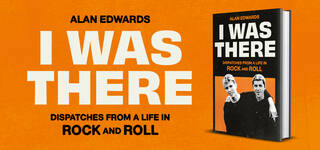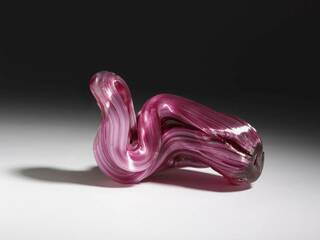What's on
Skip to events listing
+44 (0)20 7942 2000
Sorry, we couldn’t find any events matching all your selected filters on those dates.
You could try cancelling one or more of your selected filters.

























































































































































































